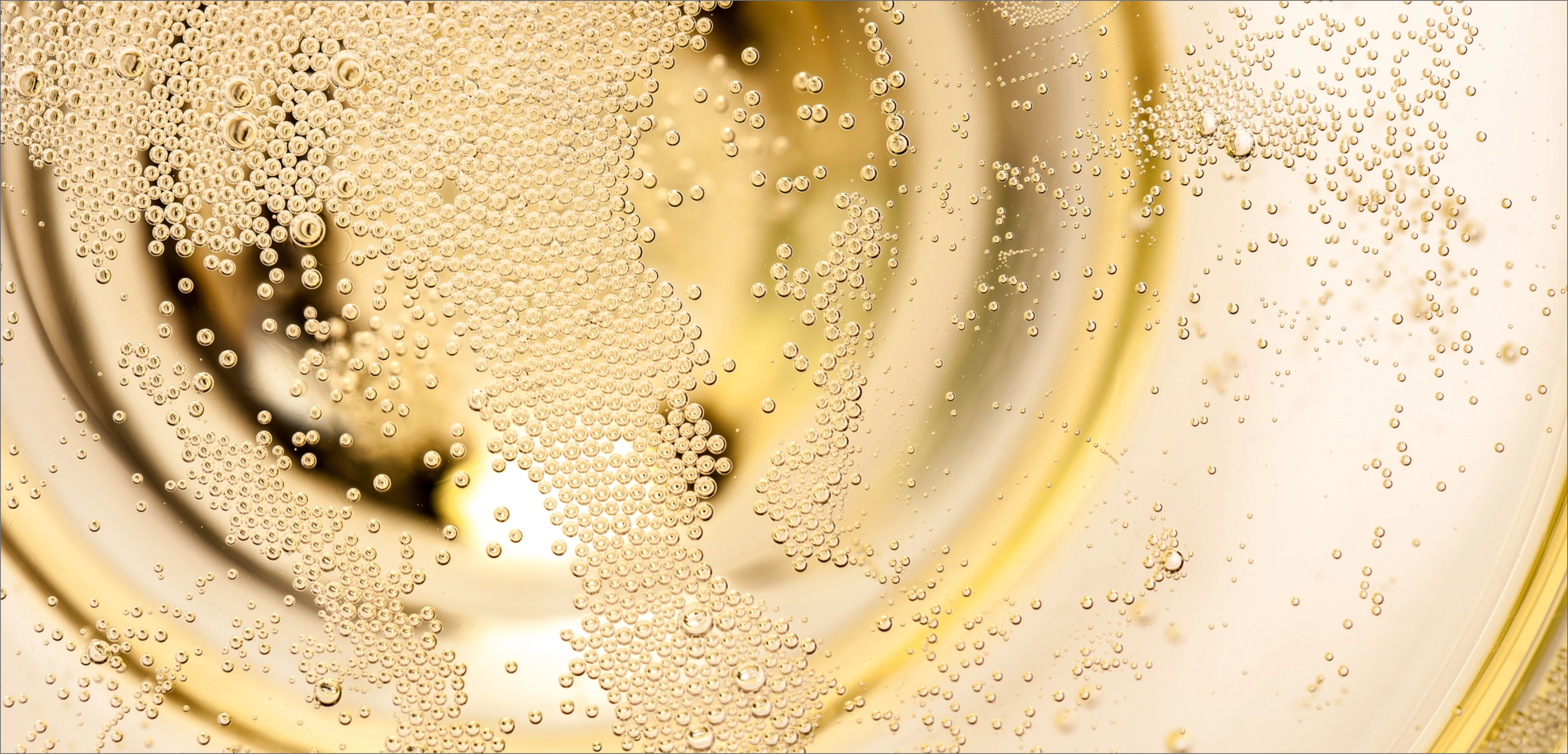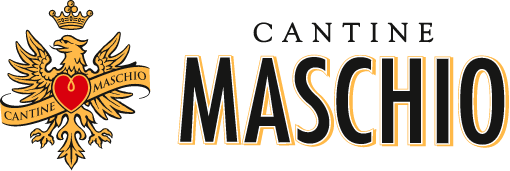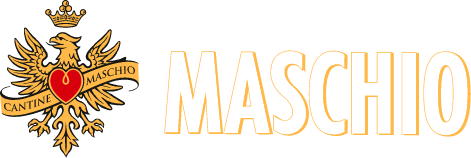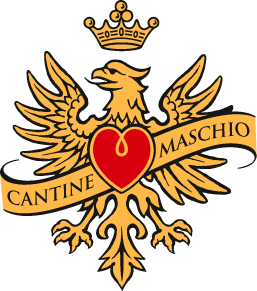
Acidity:
a fundamental component in a sparkling wine, it is the sum of the various acids present in the grapes (in particular tartaric acid and malic acid). It is expressed in grams per liter and determines the quality, freshness and pleasantness of the sparkling wine
Aftertaste:
all the sensations that you experience after you have swallowed the wine
Alcohol:
Ethyl alcohol:
The alcohol content in wine refers to the quantity of ethanol, the main type of alcohol present. It results from the sugars (fructose and glucose) in the must, which are converted into alcohol and carbon dioxide during the fermentation process
Actual alcohol content:
Alcohol actually contained in the wine at the end of the fermentation process. Usually, the alcohol content indicated on the label is the actual alcohol content. Its measurement is expressed on the label as a percentage per unit of volume of wine (% vol: ml of ethyl alcohol per 100 ml of wine)
Potential alcohol content:
Theoretical proportion of alcohol that would be additionally possible with the complete fermentation of the residual sugar
Assemblage (cuvée):
This practice consists in preparing the base wine to be made sparkling using products (wines or musts) of different origins and/or from different vintages. This creates the cuvée, which will then be subjected to sweetening and second fermentation
Autoclave:
A large, airtight steel container, insulated and resistant to high pressures, with the ability to thermally condition the wine and stir the fermenting mass to better disperse the yeasts into the liquid in suspension. It is used for the production of Charmat method sparkling wines





